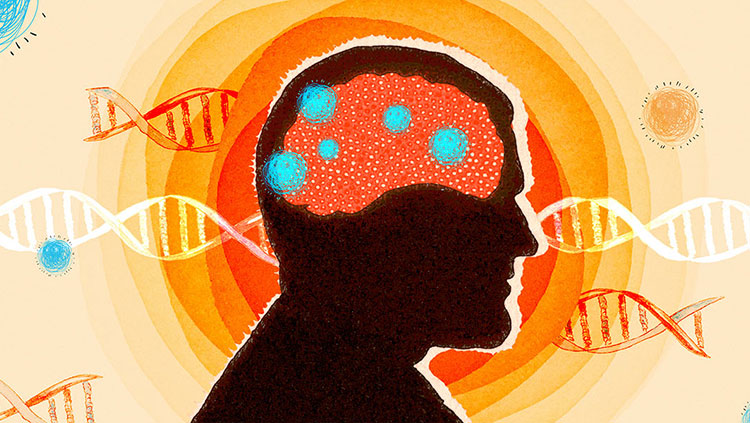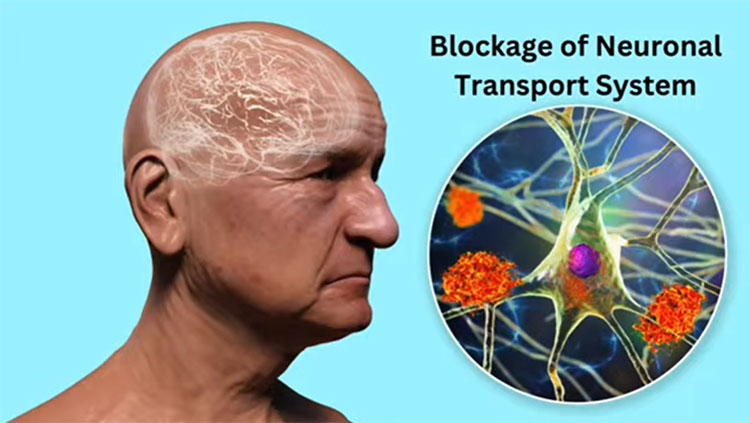Untangling Alzheimer’s Disease
- Published16 Nov 2020
- Author Lynnie Fein-Schaffer
- Source BrainFacts/SfN
Alzheimer’s Disease is the most common cause of dementia, affecting 50 million people worldwide. Behavioral symptoms start with amnesia and confusion, but brain degeneration begins in the entorhinal cortex and hippocampus sections of the brain. It typically affects adults over the age of 65 and continues to get progressively worse. Over time, the disease impacts the cerebral cortex, a brain structure responsible for language and reasoning abilities. As degeneration worsens, other brain areas become affected, causing the body’s basic functions to shut down.
The cause of Alzheimer’s Disease remains unknown. Scientists have found that as the disease progresses, the brain shrinks, and a protein known as beta-amyloid builds up, disrupting normal neuronal functioning in the brain. Additionally, another protein, known as tau, causes a tangling inside of neurons, which ultimately disturbs how neurons communicate with one another. While there is no cure or method for stopping the progression of Alzheimer’s Disease, there are several drugs approved for treating symptoms, such as memory loss and confusion, lessening the effects of the disease for some time.
Learn more about this increasingly common disease.
CONTENT PROVIDED BY
BrainFacts/SfN
Also In Alzheimer's & Dementia
Trending
Popular articles on BrainFacts.org


















